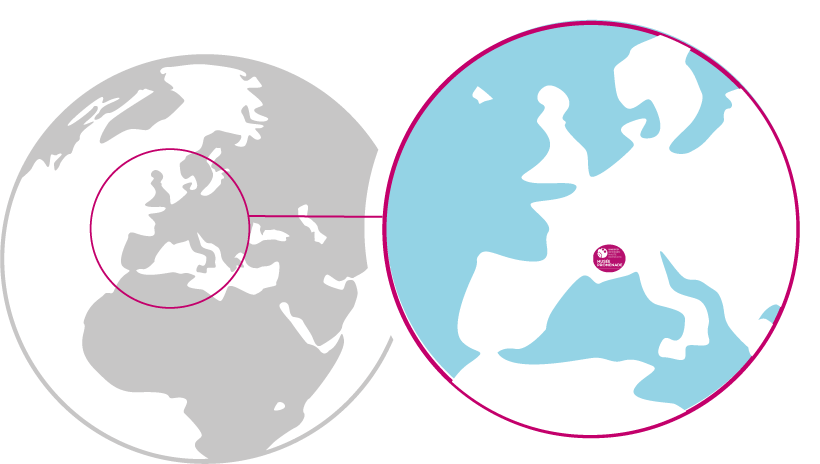Formed about 220 million years ago in a salty lagoon, gypsum is a soft rock composed of calcium-sulphate. When heated in a furnace, it loses its water through evaporation and is transformed into plaster. Then, after being ground in the open air or in a mill, it can be rehydrated and used in construction. In the 19th century, many small extraction sites existed in Haute-Provence.
Traditional architecture has many uses for plaster: from the very coarse plaster used as mortar for building walls to the finest used for making gypsum.
In Thoard, gypsum-quarries have been recorded since 1840, but extraction probably began much earlier. The best known is the Siron quarry, documented from 1890, which was in operation until 1940. The stone was extracted in the open air with picks and pickaxes and then loaded onto sledge-like carts commonly used in the valley for agricultural work in areas with steep slopes. It was then transported to the village to the plaster factory. There, a water-powered mill, created by a waterfall on the Riou mountain-river, operated a heavy vertical millstone.





